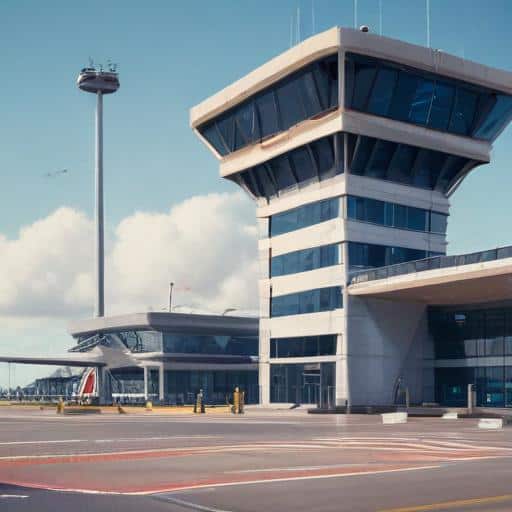Airports in Fiji and throughout the Asia Pacific region are poised for significant infrastructural investments, expected to reach hundreds of billions of dollars over the next decade to accommodate rising passenger and airline traffic. The Airports Council International (ACI) Asia-Pacific and Middle East is conducting a thorough study to evaluate the total investment being made by its member airports, promising insights in the near future.
Stefano Baronci, the director general of ACI Asia-Pacific and Middle East, indicated that regional air traffic is projected to grow by approximately 1.8% annually, highlighting that airports in the Pacific are experiencing traffic levels surpassing those recorded before the pandemic. Fiji is a prime example, with both original destination traffic and transfer passenger numbers on the rise, especially at Nadi International Airport, which is becoming a key hub due to legal frameworks like the Open Skies agreement with the United States.
Baronci emphasized the necessity for airports to enhance their services and prepare for sustained growth. He pointed to the collective momentum among capital airports globally to invest in modernizing their infrastructure over the next decade, aligning with the broader trends observed post-COVID. He stated, “The growth is there. What we need to ensure is that we can finance the assets needed to welcome this growth,” reiterating the importance of sophisticated services and planning.
In line with these aspirations, Fiji Airports Ltd is already undertaking ambitious upgrades. CEO Mesake Nawari has outlined a comprehensive 10-year strategic plan that includes building new facilities, integrating modern technologies, and boosting sustainability practices. This focuses on enhancing not only passenger experiences but also economic prospects via expanded tourism and commerce. The collaboration with COX Architecture Pty Ltd further ensures that the implementation aligns with proven global standards.
As these plans unfold, Nadi International Airport is set to solidify its status as an essential travel hub in the Pacific. The momentum in infrastructure investments is expected to foster greater connectivity, ultimately benefiting the local and regional economies while enhancing travel experiences for both locals and visitors.
In summary, the collective efforts of Fiji’s airports signal a bright future in the aviation sector, promising enhanced services and increased tourism opportunities. The proactive measures being taken now are laying the groundwork for a thriving travel landscape in the years to come.

Leave a comment